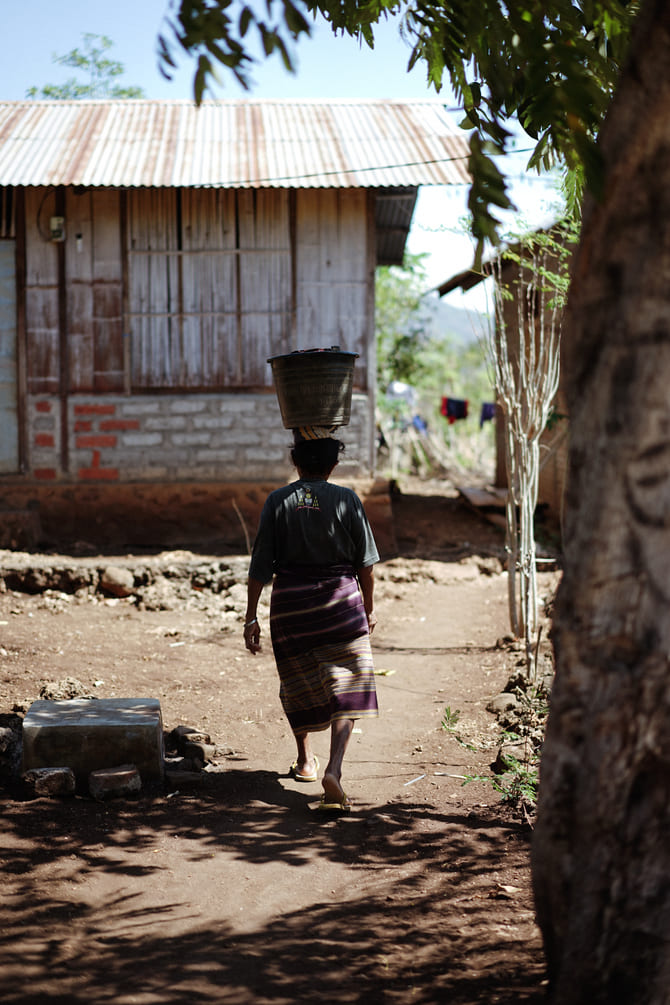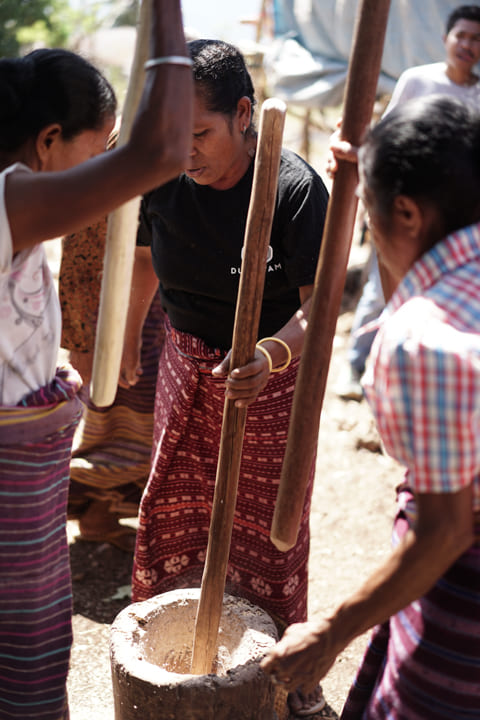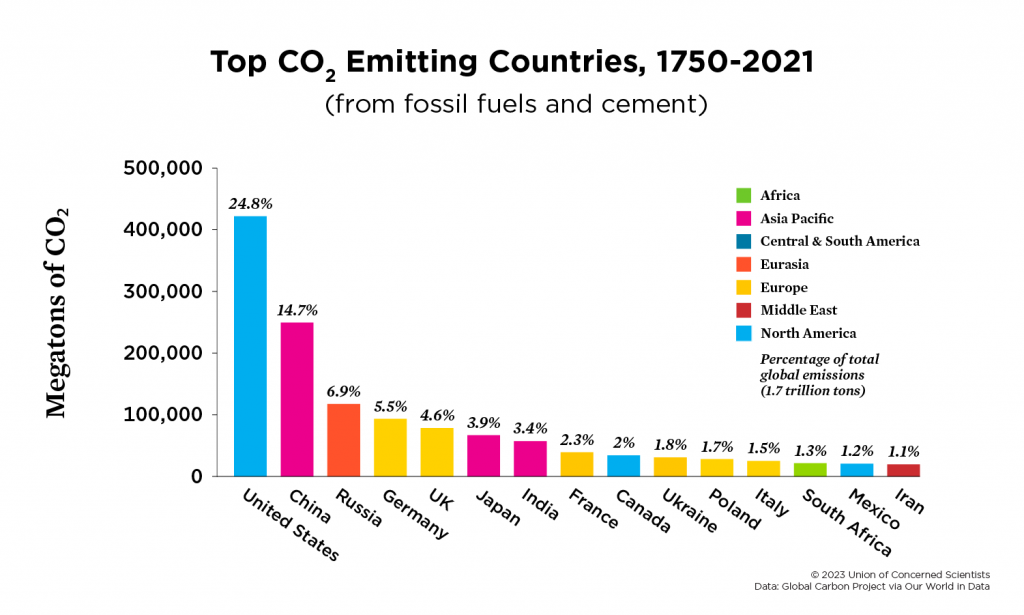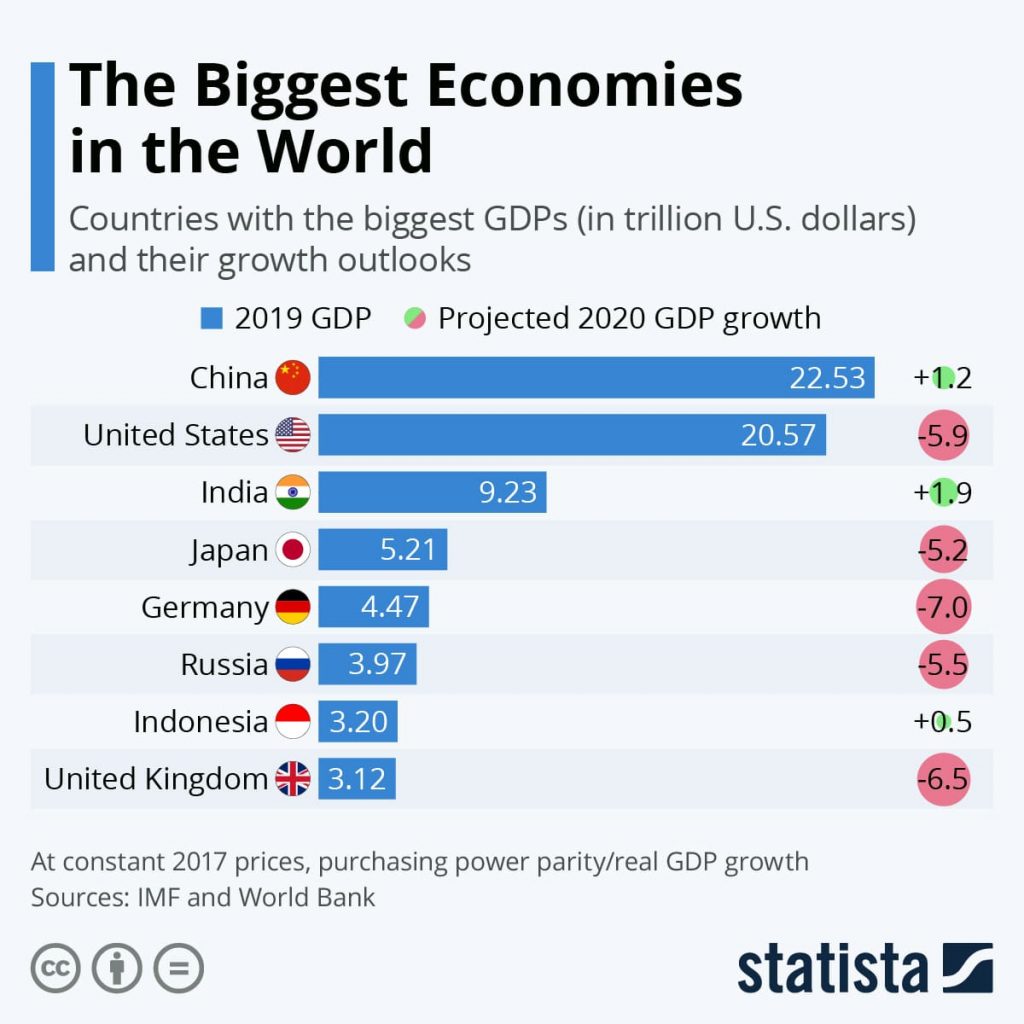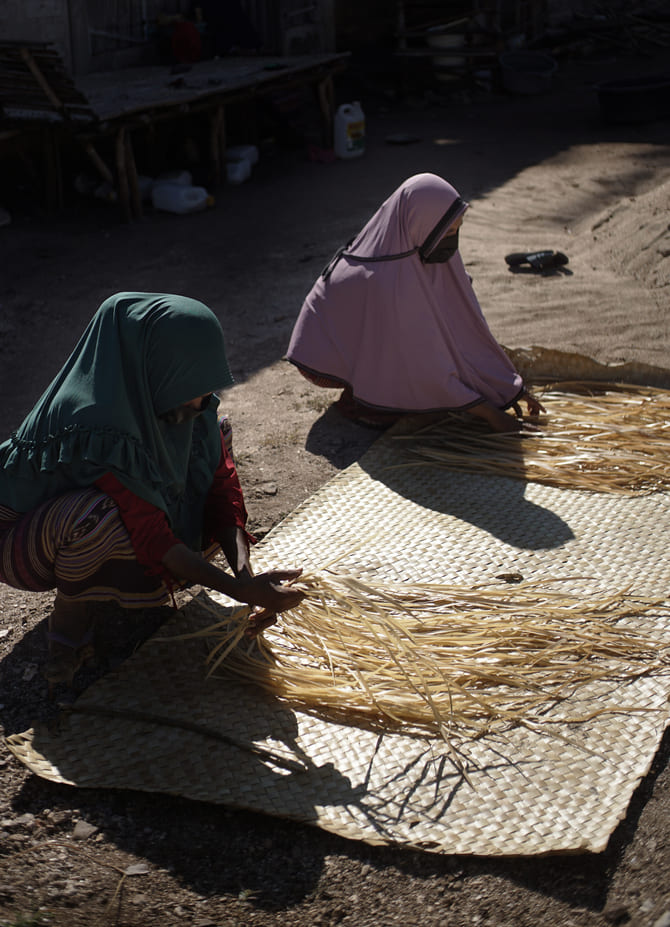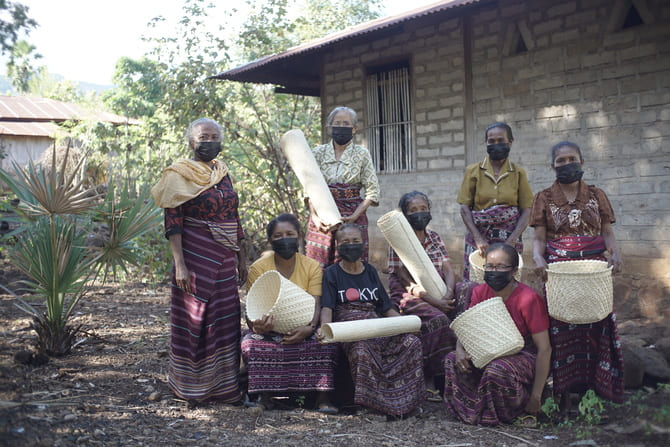With the world more and more aware of the effects of global warming each passing year, it is safe to say that we can all feel it. Whether it be raging wildfires and droughts, extreme rainfall to the point of flooding, or rising sea levels, there are physical impacts that are happening that can destroy livelihoods. However, do we all feel the consequences equally?
In this blog, we will learn about the background of this issue and then examine two key groups of people who feel the effects of climate change the strongest.
But first, we need to understand why global warming does affect certain groups more severely. Looking at the biggest polluter nations in the world and comparing it to the countries with the most significant GDP, there are some recognizable patterns.
Notably, all of the countries with the highest GDPs are also recognized as being some of the biggest polluters in the world. And this makes sense, as economies that have a larger capacity to manufacture goods and ship them and participate in trade to a higher degree will have larger GDPs. It also means that because of their massive industries, they will contribute more to emitting greenhouse gasses like CO2, which traps heat in the atmosphere and encourages global warming. That’s not to say that countries outside the wealthiest aren’t contributing to climate change, but the data above emphasizes that wealthier nations are the ones driving climate change to a large extent. Importantly, these wealthier nations are often not the ones who feel the most severe effects of climate change. Due to their large amount of resources, wealthier countries have a greater capacity to innovate and pass policies that encourage domestic protection of the environment. That doesn’t mean they aren’t polluting however, it just means they aren’t doing it at home. As a result, other groups face the brunt of pollution and emissions, and the devastating effects they have on livelihoods.
One specific group that faces such impacts are climate refugees. Climate refugees, as recognized by the United Nations as people displaced from their homes due to climate-fueled crises, are an overlooked group that is directly harmed by climate change. Whether it be rising sea levels that cause flooding and destruction of homes or droughts that ruin agricultural output, these people see their everyday lives stripped away from them due to global warming. That is why the UN continues that “the climate crisis is a human crisis”. Often, the results of environmental changes cause large-scale migration, violent competition for scarce resources, increased frequency and severity of outbreaks, and increased stress on global borders. This is a dire issue. According to a report by the World Bank in 2018, an estimated 143 million people will be displaced in Latin America, sub-Saharan Africa, and Southeast Asia due to climate change by 2050.
The second group is women. To be more specific, women in developing areas. Often, these women fall into climate refugees as well but face greater barriers and impacts from climate change. The UN explains that women are often tasked with finding food, fuel, and water for their families or are working in agriculture-related jobs at higher rates. This means when climate change causes droughts, floods, wildfires, or any other general disasters, women in developing nations are often first to lose their incomes. More than that, women are plunged into extreme poverty at higher rates compared to men and often face higher rates of violence when conflicts for resources break out. Women face structural issues worldwide; climate change exacerbates these issues to a devastating point.
Although we all think we know how bad climate change is, those who are facing the worst of the impacts of climate change know truly of the devastation that it brings. Being more aware of this issue can hopefully encourage action; whether it be through sharing more articles about these topics or focusing on switching to a more sustainable lifestyle, something needs to change, before it is too late. More importantly, we recognize that fighting climate change is not one man’s effort- it’s a global effort that requires the action of enterprises on the smaller and bigger ends to participate and contribute to. Du Anyam’s method of promoting sustainability in every stage of the manufacturing process by using locally sourced materials and specific waste management processes allows us to use our knowledge and resources to educate the communities that we work with, about their carbon footprints while simultaneously minimizing ours. If we are able to take steps in fighting climate change by reducing our carbon footprint, we should hold other enterprises around the world accountable for their carbon footprints too.

